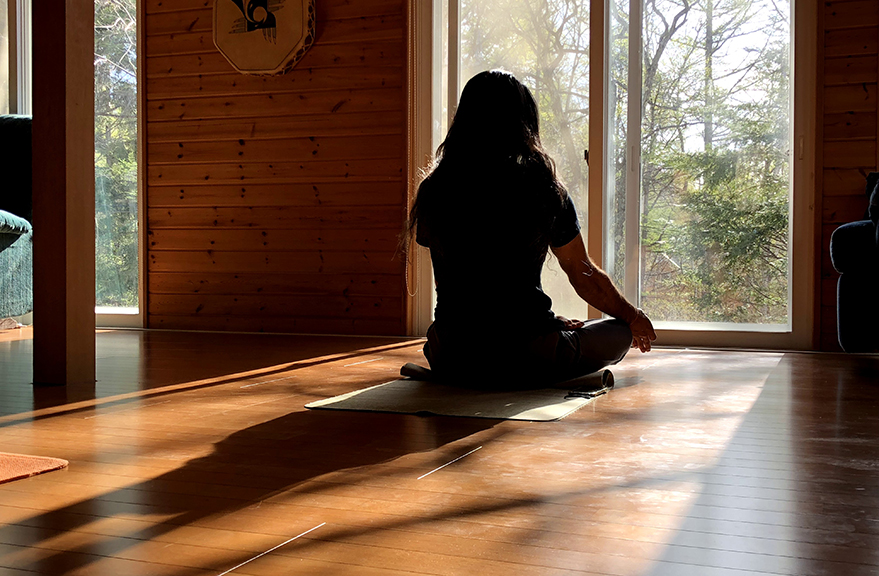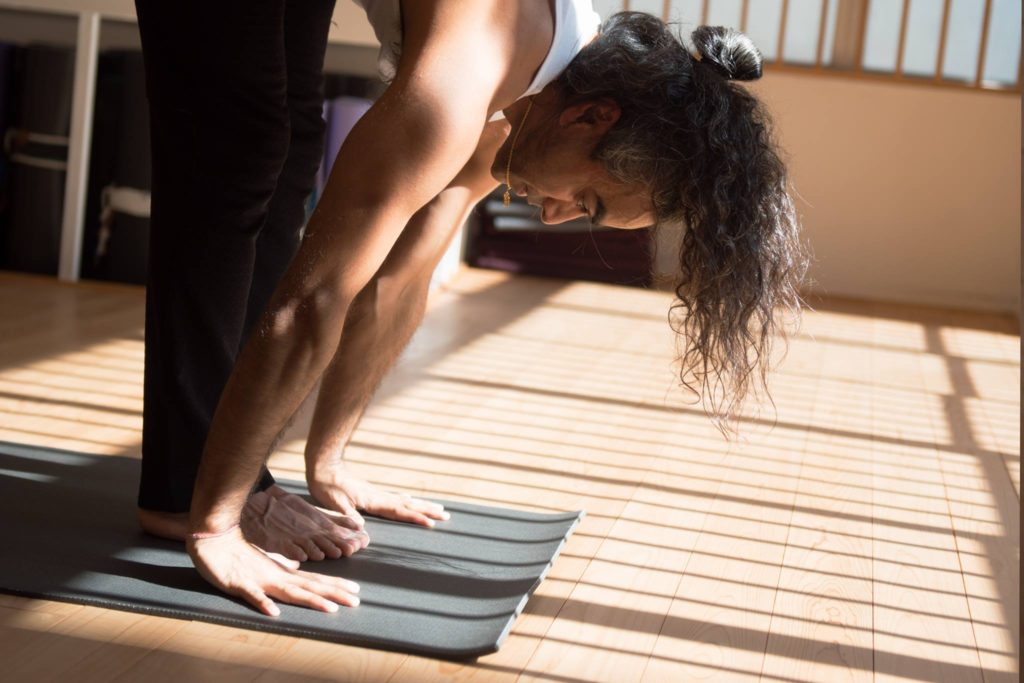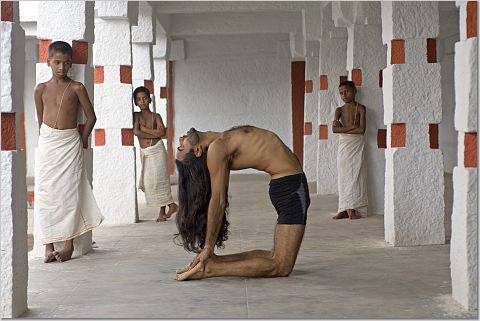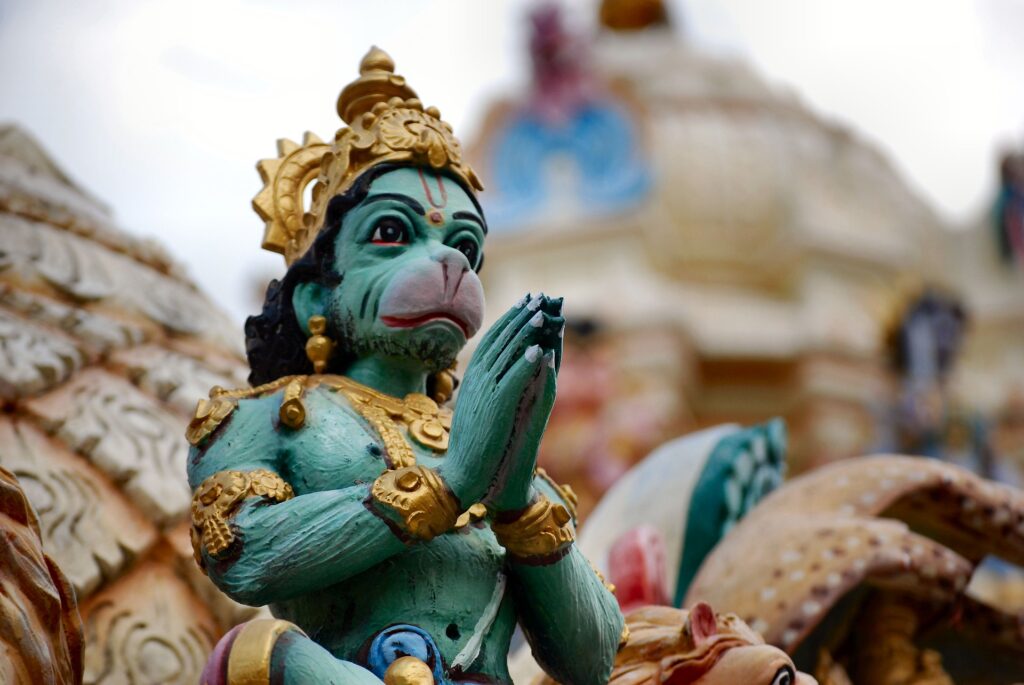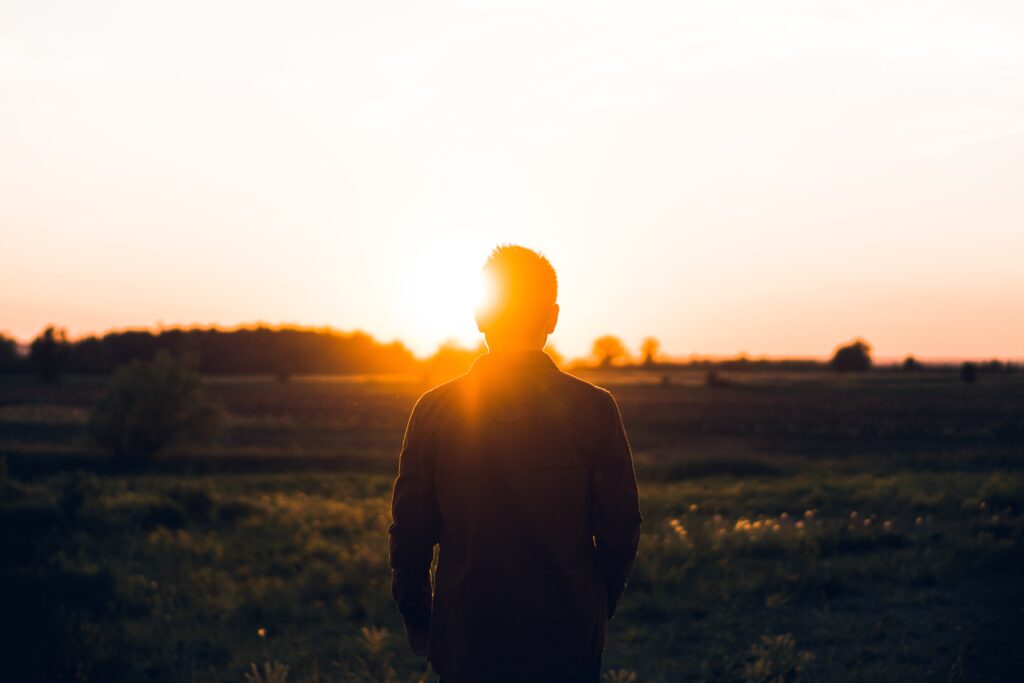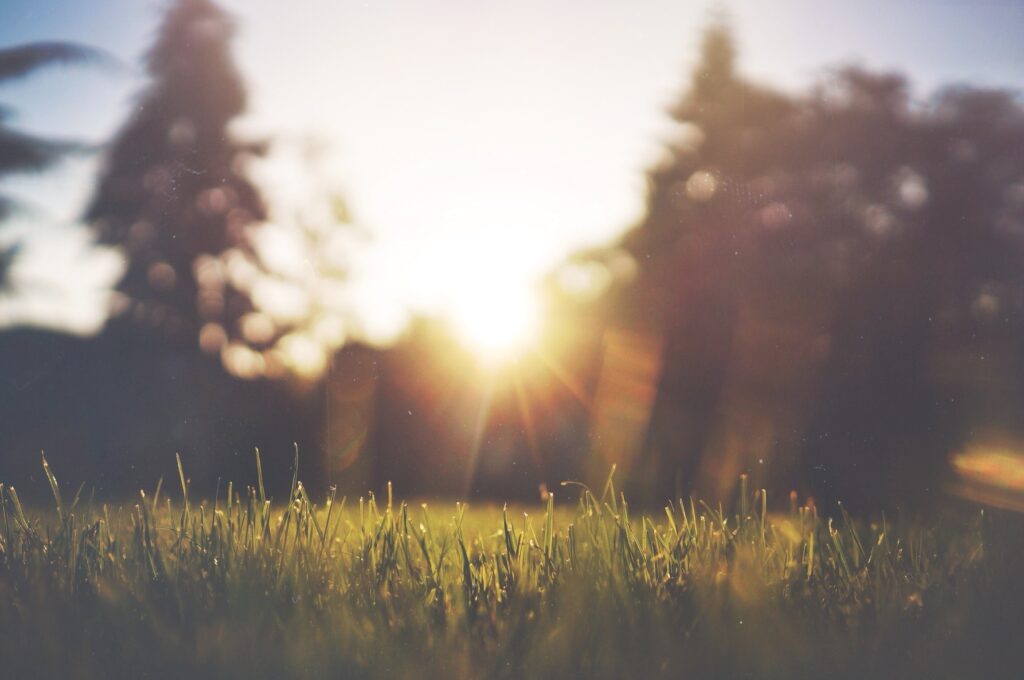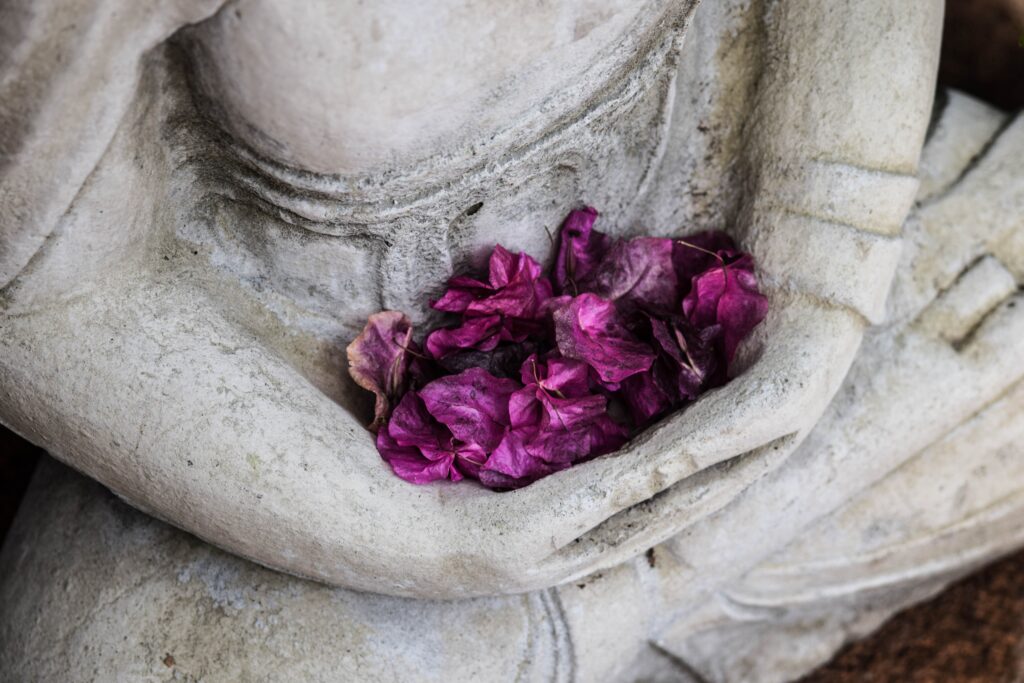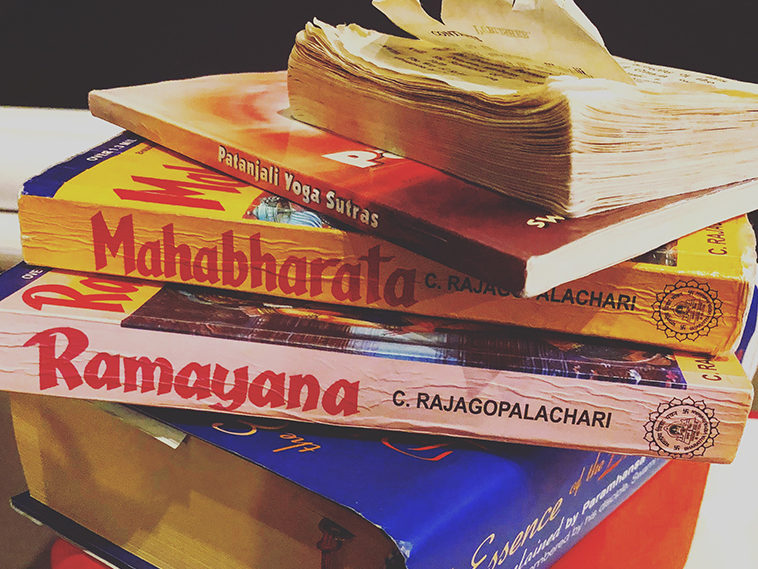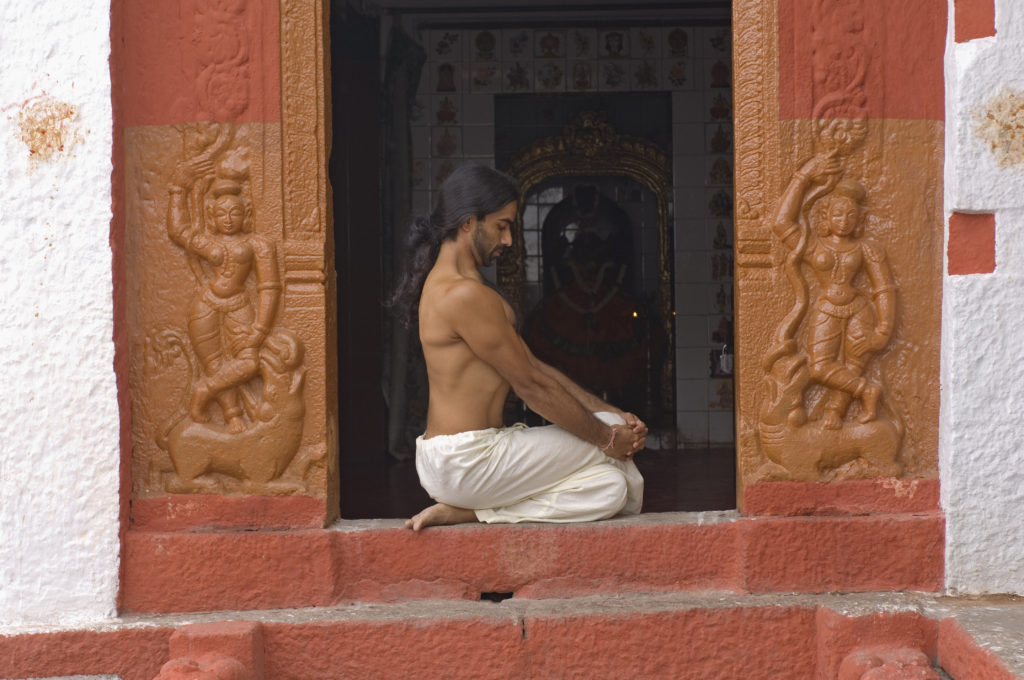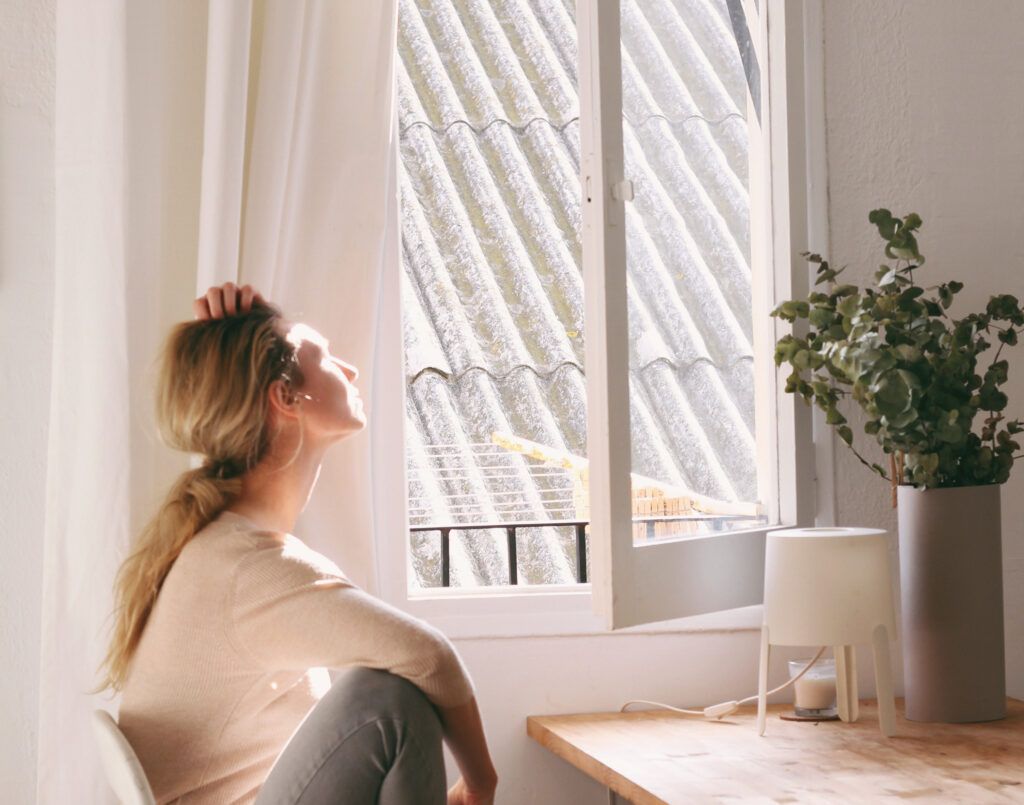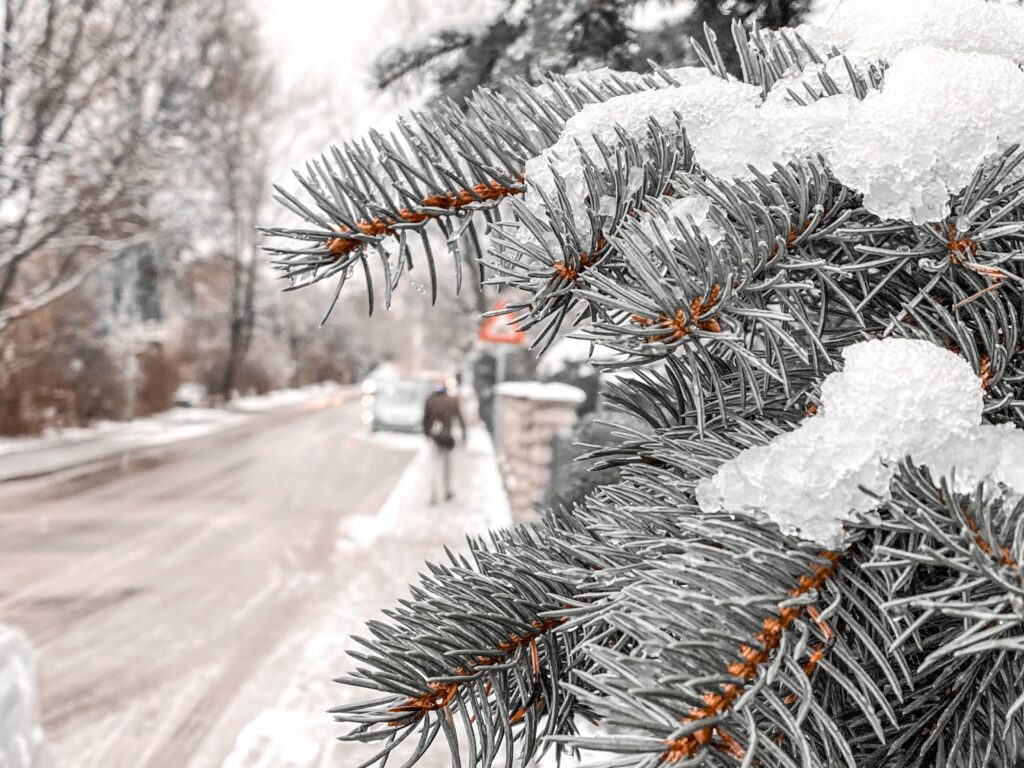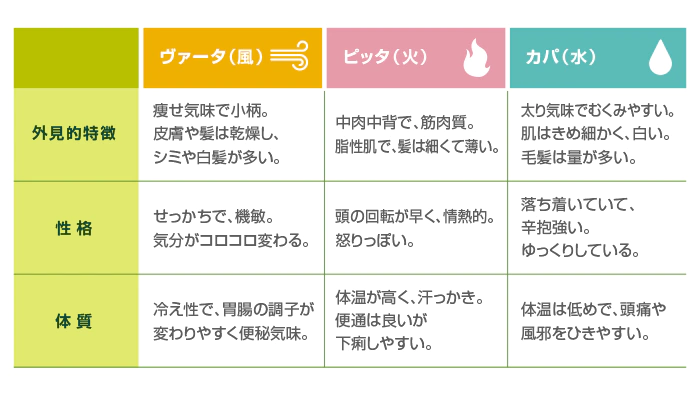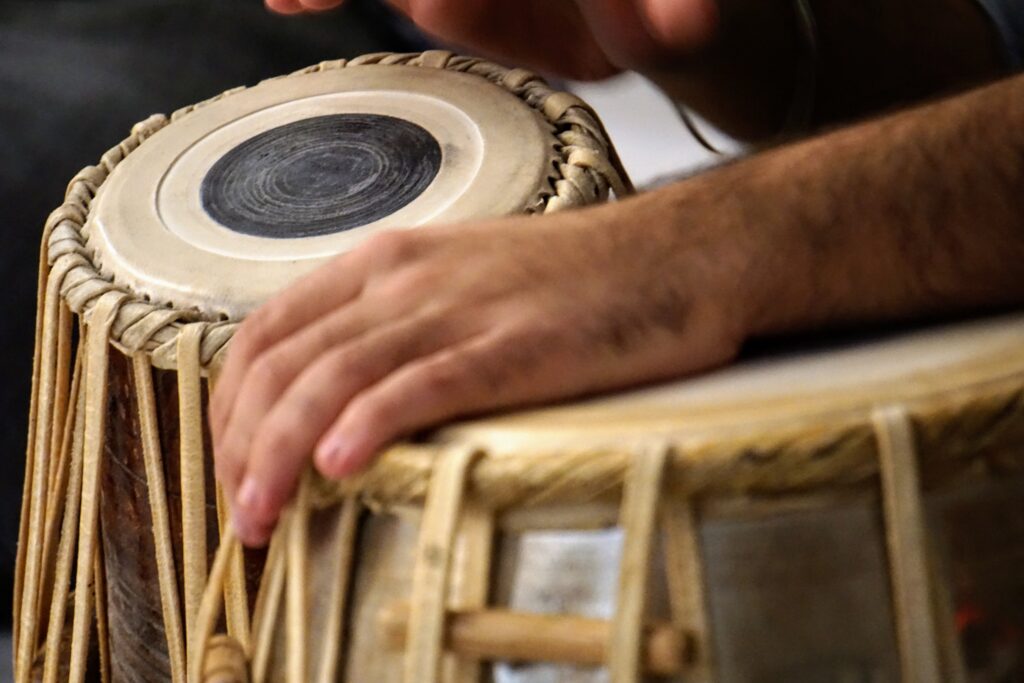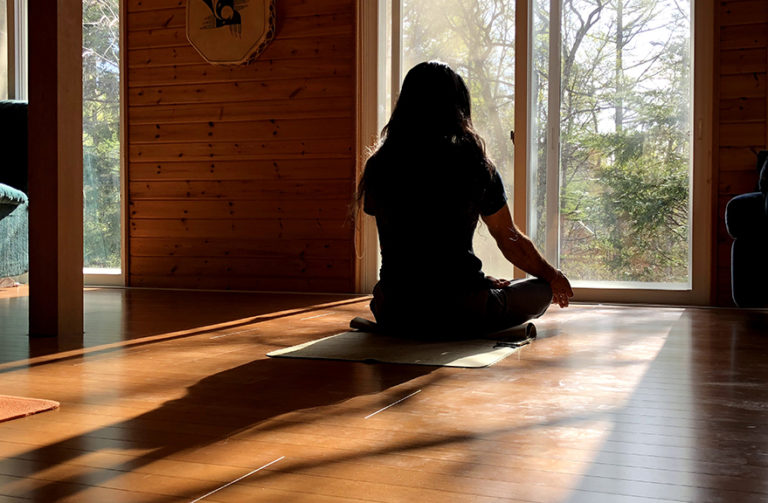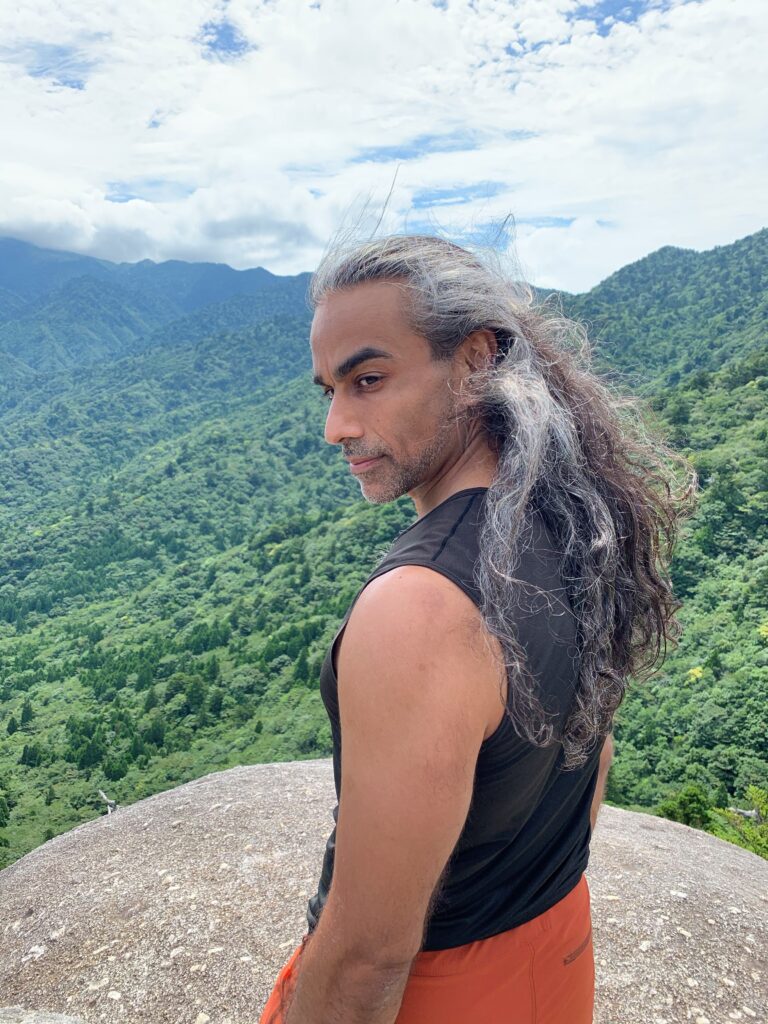Don’t Study Yoga Philosophy!
*Scroll down for English
生徒さんや友人から、「ヨガ哲学を学んだほうがいいですか?」とよく聞かれます。ほとんどの場合、私は「なぜ?」とこたえます。
では、ヨガの2つの主な要素である実践と哲学について考えてみましょう。
言い伝えられている偉大な伝統において、実践の考え方について、自分がその道を歩かなければならないと言っています。確かに、師から良いヒントやガイドをもらうことはあっても、師が自分の代わりをすることはできません。アーノルド・シュワルツェネッガーの言葉で、彼がトレーニングする様子を見るだけでは誰も筋肉がつかないと言っていたのと同じです。
多くの人は実践の必要性を理解しています。そして疑問が生じます。何を実践する?練習方法は?そして最も重要なこと、なぜ練習する?これは、ヨガ哲学が伝えているところでもあります。
ヨガ哲学は最大の疑問に注目しています:なぜヨガをするのか?目的は何?ヴェーダ、ウパニシャッド、ヨギが拠りどころにしているパタンジャリヨガスートラやバガヴァッドギーターのような古代の文献はすべて、独自の方法でその「理由」を伝えてくれています。これらと他の文献の山は、古代と現代を問わず「何を実践するか」と「どのように実践するか」を掘り下げているのです。
ヨガの哲学には、ラーマーヤナなどの記憶に残る物語、激怒したシヴァの髪の毛から作られた戦士であるビラバドラーやサムドラマンタン(乳海攪拌)の物語など、さまざまなPuranas(古代のテキスト)からの鮮やかなエピソードも満載です。これらの物語のモラルとメッセージ、そして私たちが実践しているポーズと同名の印象深いキャラクターは、素晴らしいインスピレーションの源となるでしょう。そして、興味深い(そして楽しい?!)練習は、繰り返し続けられるサステイナブルなものです!
実践と哲学は、片方の手でもう一方の手を洗うようなものです。片手で洗ってみたことがありますか?
それでは今回のタイトルである「ヨガ哲学は勉強するものではない」について考えてみましょう。
多くの人々は、非暴力という意味のサンスクリット語を学んだり、sutrasやmahavakyas(壮大な声明)やサマーディ(悟り)までの段階を暗記しようとするという点で「研究」しています。しかし、ここで忘れてはいけないのは、その目的です。もしあなたが学者になりたいのなら、ぜひこのまま先に進んで「研究」を続けてください。
しかし、あなたが練習の手を洗うもう片方の手を探しているなら、私たちはヨガの哲学を「生きる」必要があります。言葉を学んだり、概念を覚えることが目的ではありません。
探求するとき、疑問や目的の本質を十分に理解せず、答えを探すことに急いでしまいがちです。
本来、探求は次のようなプロセスで進むべきものです:
疑問・目的 → 調査・実践 → 回答 → レビューと次の疑問・目的 → そしてプロセスが続いていきます…
しかし哲学を学ぶことに片寄ると以下のようなパターンに陥りがちです。
(うーん、これは良いロールシャッハテストのようですね-画像から何を読み取りますか?)
我々は多くのテクニック、クラス、ワークショップ、ティーチャートレーニング、本を買い、たくさんの本を読んで、そして、読んで勉強したほとんどすべてを忘れて走り回っています…そして…ふりだしに戻ってしまいます。
哲学を学び、それを自分自身の生活で「実践」することで探求のプロセスが循環するようになります。
古代の人が我々に伝えようとしていた物事の本質を、自分自身のものにしてください。それは、本に書かれた単語を覚えるというものではありません。哲学を日常生活での行動や直面する問題、陥りがちなパターンに結び付ける必要があります。
さて、あなたはどのように人生の道にヨガ哲学を取り入れますか?
Don’t Study Yoga Philosophy!
I get a lot of questions from students and friends asking if studying yoga philosophy is important. As for most things, the first question I ask is “why”?
Let’s take a moment to look at the two major components of yoga: Practice & Philosophy.
When it comes to the idea of Practice, most great traditions tell us we have to walk the road ourselves. Sure, it may be possible to get some good hints and guidance from teachers but they can’t do the work for us. I read that Arnold Schwarzenegger said nobody ever built muscles by watching him work out.
Most of us get that we need to practice. The questions then arise: What to practice? How to practice? And, most importantly, Why to practice? This is where yoga philosophy has something to say.
Yoga philosophy looks at the biggest questions: Why do yoga? What is the purpose? Ancient texts like the Vedas, Upanishads, the yogi’s go-to Patanjali Yoga Sutras and, of course, the Bhagavad Gita all share the ‘why’ in their own way. These and a mountain of other texts, ancient and modern, delve into the ‘what to practice’ and ‘how to practice’.
Yoga philosophy is also filled with memorable stories such as from the Ramayana and vivid episodes from various Puranas (ancient texts) such as the story of Virabhadra – the warrior created from a strand of an infuriated Shiva’s hair – and that of Samudra Manthan (Churning of the Ocean). The morals and messages of these stories along with the unforgettable characters whose namesake poses we practice can be a great source of inspiration. And, an interesting (even fun?!) practice is an all-the-more sustainable practice!
So practice and philosophy is like one hand washing the other. Ever try washing with just one hand?
As seekers, we often rush into practice or searching for answers without taking a moment to determine our real question or objective.
So, instead of the process looking like:
Question / Objective → research / practice → answer → review and renew Question / Objective → continue process…
It looks more like:
(hmmm…this may be a good Rorschach Test – what do you see in the image?)
We run around trying a bunch of techniques, classes, workshops, teacher trainings, buying books, reading a bunch, forgetting most everything we read and studied and…find ourselves back at square one.
Alright, so this brings me back to the title of this piece “don’t study yoga philosophy”?
Many people ‘study’ in that they try to learn the sanskrit words for nonviolence or memorize sutras or mahavakyas (grand statements) or the various stages of samadhi (enlightenment) etc.. But the question should be, what is our purpose? If we are trying to become academics, then sure, go ahead and ‘study’.
But if you are looking for the hand that washes the hand of practice, we need to ‘live’ the yoga philosophy. Don’t just learn the words or memorize the concepts.
Make the essence of what the ancients were trying to show us your own. In order to do this, we need to go beyond the words on the page. We need to connect the philosophy to acts in our everyday life, the struggles we face, the patterns we fall into.
How will you bring yoga philosophy into your life?
